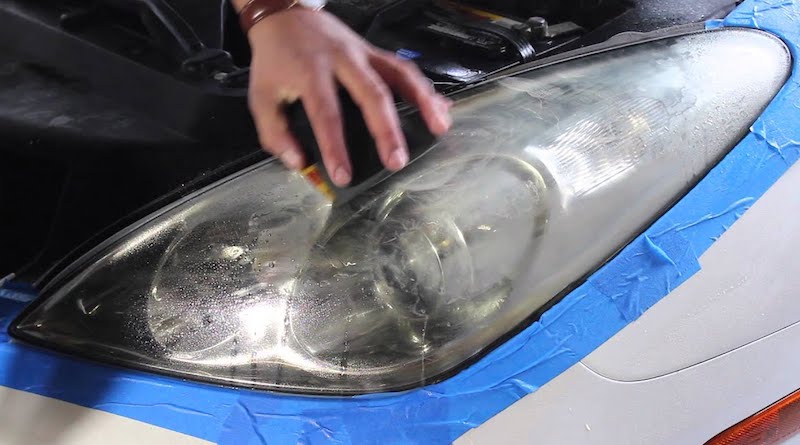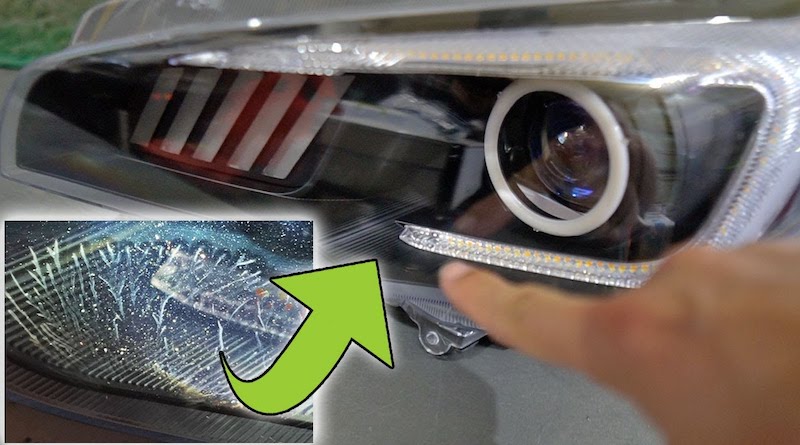How do Adaptive Headlights Work?
Headlights have come a long way since they were first fitted in cars in the late 1800s. At the beginning, they used oil or acetylene gas to produce a flame. The flame was able to withstand wind, rain, and other poor weather conditions.
Electric headlights did not become mainstream until the early 1900s. Today, they are the norm in all vehicles and are far more advanced than their predecessors. In this article, we’ll breakdown what adaptive headlights are and how they work.
What are adaptive headlights?
Adaptive headlights are headlights that adapt to the way a vehicle is driven. For example, when the driver takes a corner, they move side to side to respond to the changing road condition.
As the steering wheel turns, they turn to illuminate the road ahead along the vehicle’s path. Traditional headlights are usually fixed in one position and are only able to direct light straight ahead. Adaptive headlights adjust with the movement of the vehicle.
How do adaptive driving beam headlights work?
Adaptive headlights use electronic sensors that are connected to the steering wheel. They monitor the steering angle as it turns. This allows them to swivel from side to side based on the direction the car is going.
They are important, especially on roads that have potential hazards around curves. They help drivers to spot obstacles, animals that may be crossing the road, and pedestrians that may be taking a walk.
Most adaptive headlights are only designed to move side to side. Others are capable of moving up and down. This allows them to shine up and down hills. They become useful when trying to see up or down sharp inclines.
Other versions have an auto-dimming capability that switches the headlights between low beams and high beams. This is based on the existing lighting conditions and if there are other vehicles near you. Other types adjust according to the speed of the car in response to traffic and road conditions.
Advantages of adaptive headlights
- Improved visibility – Adaptive headlights are designed to pivot toward the direction the vehicle is moving in. This makes it easier to spot obstacles, vehicles, and pedestrians around corners and curves.
- Increased safety – Adaptive headlights have sensors that detect the movement of the steering wheel. Others have sensors that monitor oncoming traffic and are able to dim the light so that it doesn’t dazzle or blind other drivers.
- Reduced distractions – Having headlights that can adjust automatically to your driving situation and environment means that you do not have to constantly change your light controls. You get to pay attention to the road ahead while the headlights do the work for you.
How to install adaptive headlights
The process of replacing your standard headlights with adaptive headlights varies from vehicle to vehicle. However, there are general guidelines that apply to many cars. Here’s how to install adaptive headlights in your car.
- Pop the hood of your car to gain access to the headlight
- Remove any ancillary parts that may be preventing you from reaching your headlights. This may include the bumper cover depending on the type of car you own.
- Use a socket wrench or screwdriver to remove the current headlight assembly
- Disconnect the electrical wiring that connects to the headlight
- Connect your new adaptive headlights to the wiring and install them
- Test your new lights.
It’s important to consult your user manual when installing adaptive headlights in your car. You may need to follow specific instructions for safety.
How much do adaptive headlights cost?
Aftermarket adaptive headlights cost about $1,000 on average. More car manufacturers are fitting them in newer cars. This means that they will be available as standard equipment in the coming years.
Studies have shown that adaptive headlights produce more light when compared to traditional headlights. They provide up to 250 feet of extra visibility. This improves safety and makes it easier to avoid a collision and to come to a safe stop.
Conclusion
Adaptive headlights are revolutionizing how headlights function at night and around corners. They adjust their direction of illumination according to how the steering wheel is turning. You can either replace your existing headlights with adaptive headlights or opt for a newer vehicle model that comes with them.
Recent Blog Posts
November 29, 2022

One of the best solutions for fixing hazy headlights is to wet sand them. While there are other ways you can clear up your oxidized headlights, few methods work as great as wet sanding. It not only cleans the plastic lens completely but also achieves permanent results.
November 29, 2022

Headlights that have turned yellow can make a car look really old. The foggy coating that covers the headlight tends to reduce the amount of light emitted on the road. This can affect the driver’s visibility and make it hard to maneuver dark roads.
November 29, 2022

There are plenty of solutions out there when it comes to cleaning the outside of your headlights. You can easily remove the yellow coating that forms on the plastic lens using a few household products.